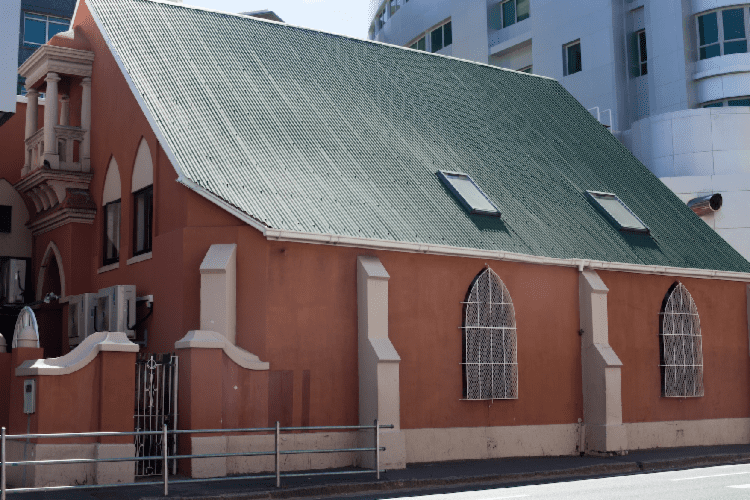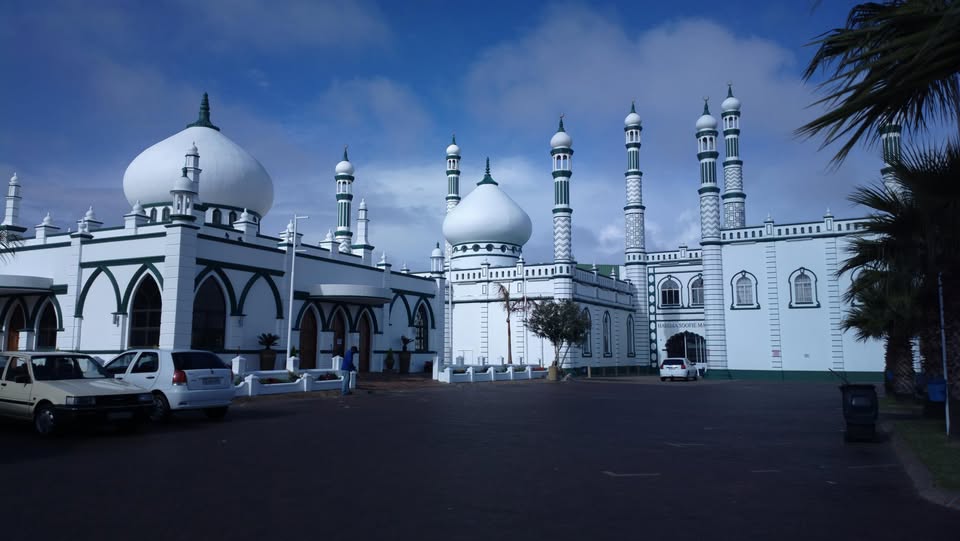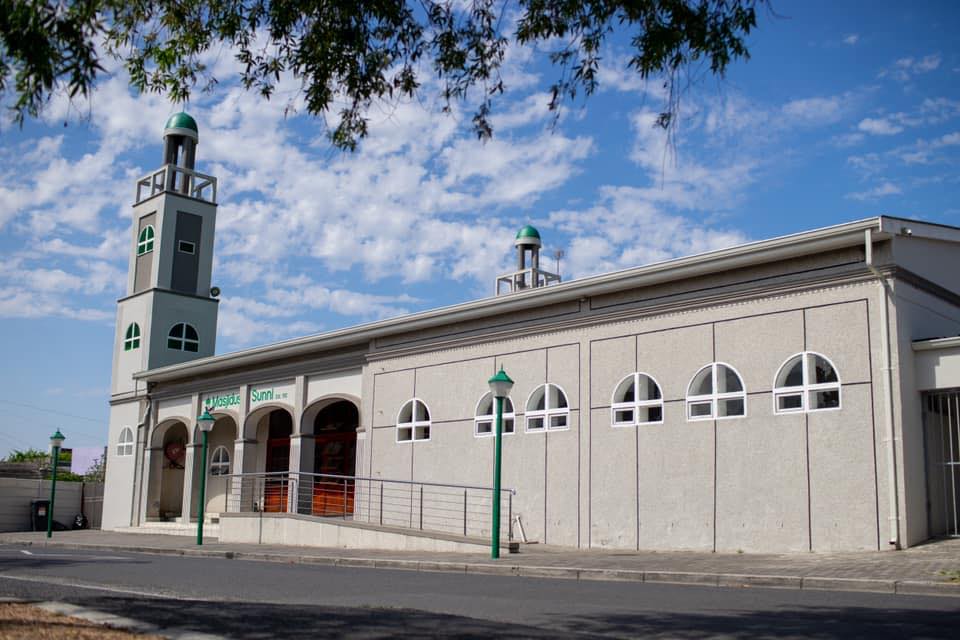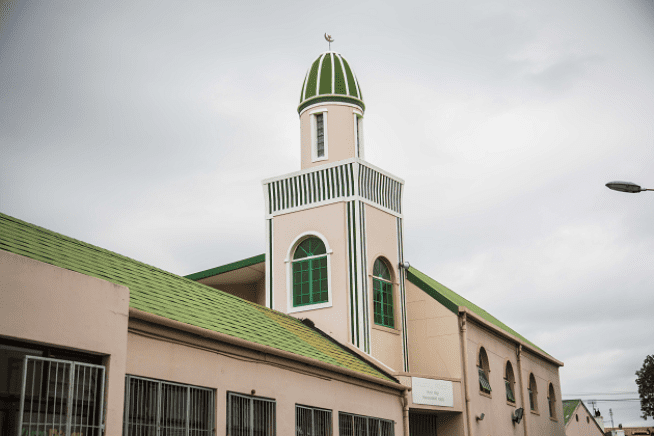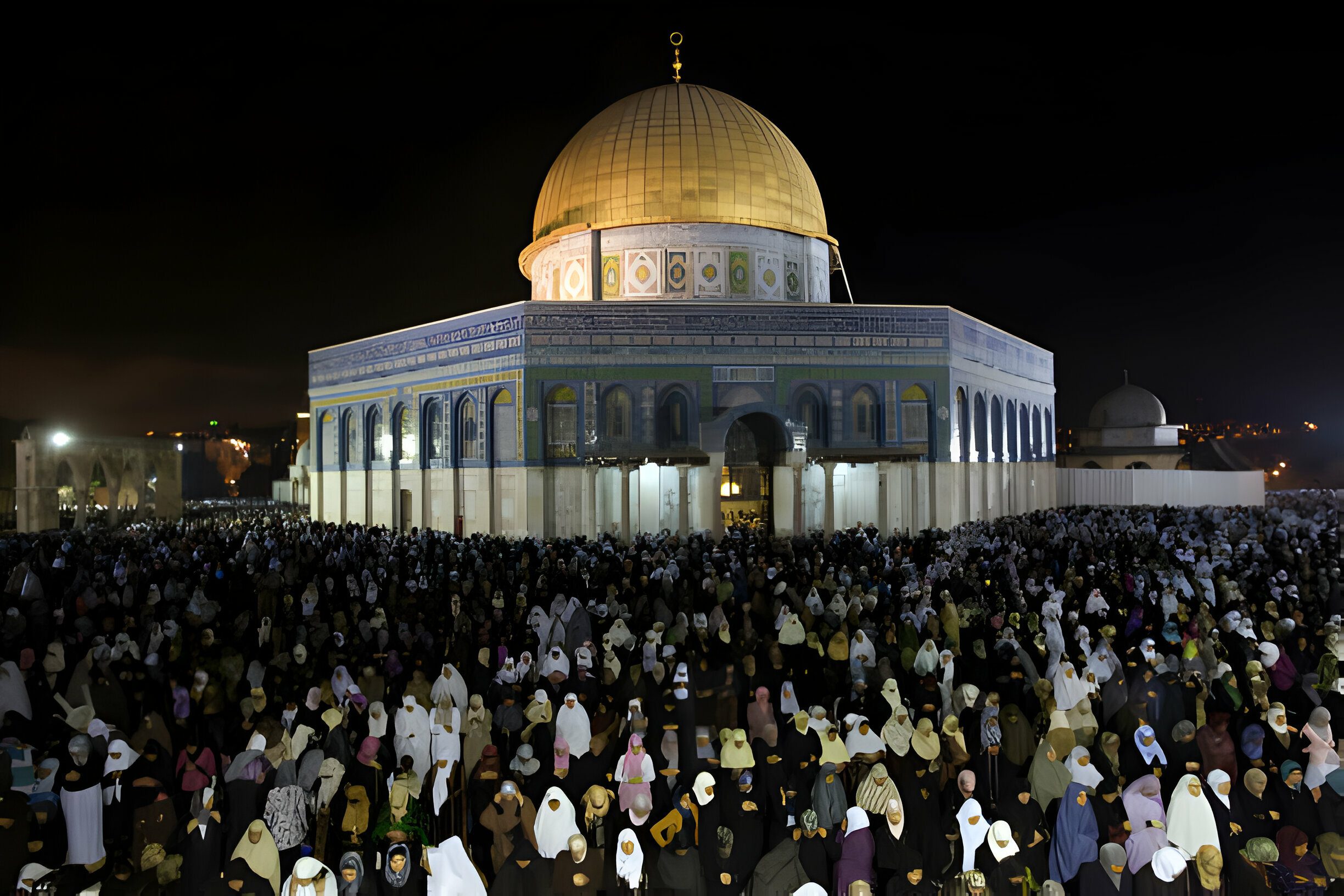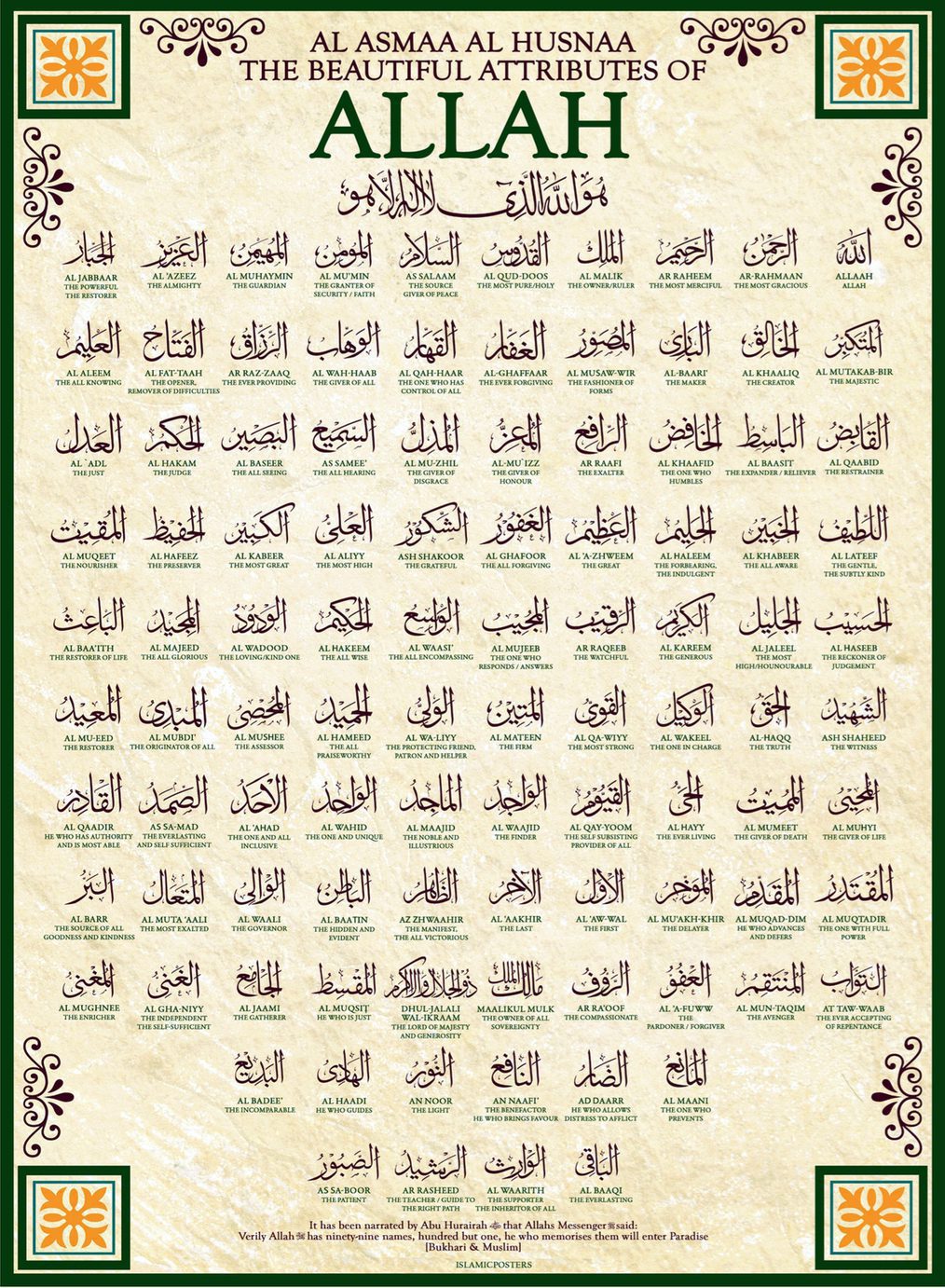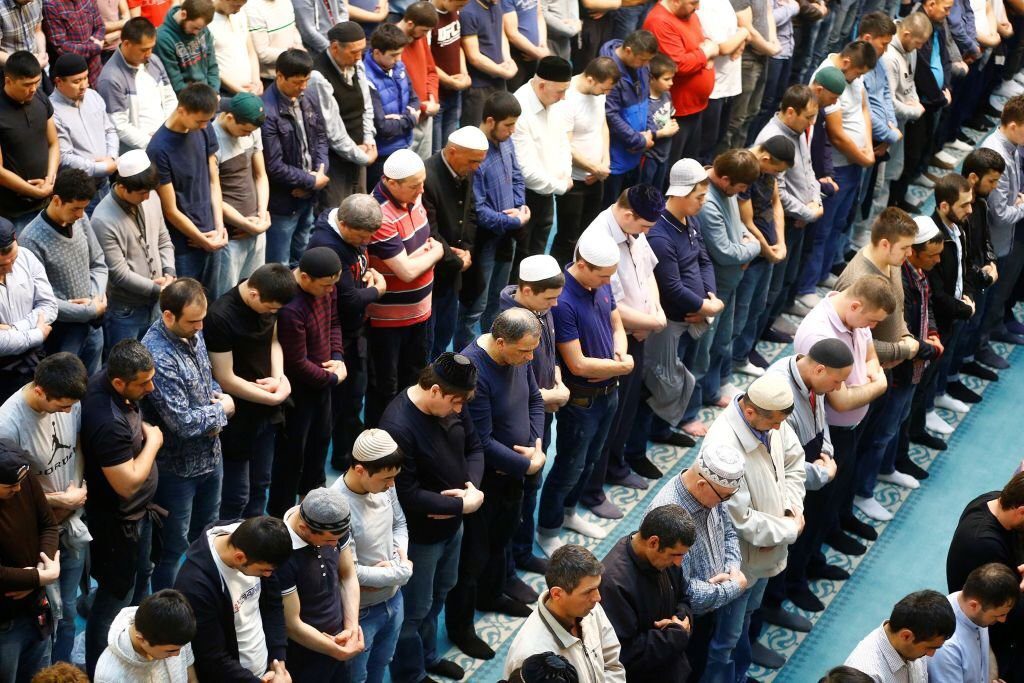The Muslim population in South Africa has seen considerable growth from the time the first adherents arrived at the Cape Colony in the late 17th century. Originally hailing from Amboina in the Maluku islands of what is now Indonesia, these early Muslims were brought to the Cape as part of a military contingent to aid in conflicts against the indigenous San and Khoi peoples at the behest of colonial administrator Jan van Riebeeck. Despite facing restrictions on public religious expression for many years, Islam has played a meaningful role in shaping the political landscape of South Africa, especially around the Cape region.
The mosque, a cornerstone institution in Muslim societies since the Prophet Muhammad established the first mosque in Madinah, serves not only as a center for spiritual activities but also as a hub for education, politics, judiciary functions, leisure, and economic development. In similar fashion, Claremont Main Road Mosque has significantly contributed to the development of Cape Town’s Muslim community.
Foundations and Growth
Since its inception, Claremont has been steeped in a diverse socio-political heritage, being a place where Judaism, Christianity, and Islam have coexisted through the construction of their respective houses of worship.
Established in 1854, Claremont Main Road Mosque has been a focal point for the area’s Muslim residents, facilitating both the unique cultural expressions of their Islamic faith and the observance of its universal rituals. The Cape Muslim community, for instance, celebrates the Prophet Muhammad’s birthday in a distinctive manner during the third month of the Islamic calendar, gathering in mosques for scholarly discussions on his life.
The mosque itself owes its origins to a mason and coachman named Slamdien, who in 1851 acquired the land due to its advantageous position and natural water source, essential for pre-prayer ablutions. The mosque was formally established on November 3, 1854, when Slamdien handed over the land to Imam Abdol Roef from Buitengratch Street Mosque. This act of devotion was intended to secure the mosque’s future for the community’s perpetual benefit. Subsequently, the mosque became a cornerstone for the Claremont Muslim community’s religious, social, and cultural practices.
Adversity and Resilience
The enactment of the Group Areas Act No. 66 of 1966 entrenched the forced removal of non-white individuals from Claremont, designating the area exclusively for white residents. This policy disrupted a well-established community, displacing hundreds of families and breaking strong social networks.
Although the Muslim community’s protests against these removals were unsuccessful, their efforts, led by the Muslim Judicial Council formed in 1945, were pivotal in preserving mosques from expropriation.
Leadership and Legacy
For over a century, the Abderoef family led the Claremont Main Road Mosque, until 1979 when the congregation elected an Imam through a democratic process for the first time. Leadership has evolved with each Imam, from facilitating access to Islamic literature to engaging with the socio-political issues of their times. Imam Gassan Solomon, elected in 1979, notably changed sermons to English and centered on political resistance against apartheid. His activism echoed throughout the national Muslim community, galvanizing many into action.
During a particularly volatile period in the 1980s, with Imam Gassan in exile, Abdul Rashied Omar filled the position, maintaining the mosque’s role as a hub for political discourse and action. Currently, Imam Dr. A. Rashied Omar, alongside Imam Shaheed Gamieldien, oversees the religious guidance of the mosque, continuing its longstanding tradition of community involvement and advocacy.
Contact Details
- 021 683 8384
- [email protected]
